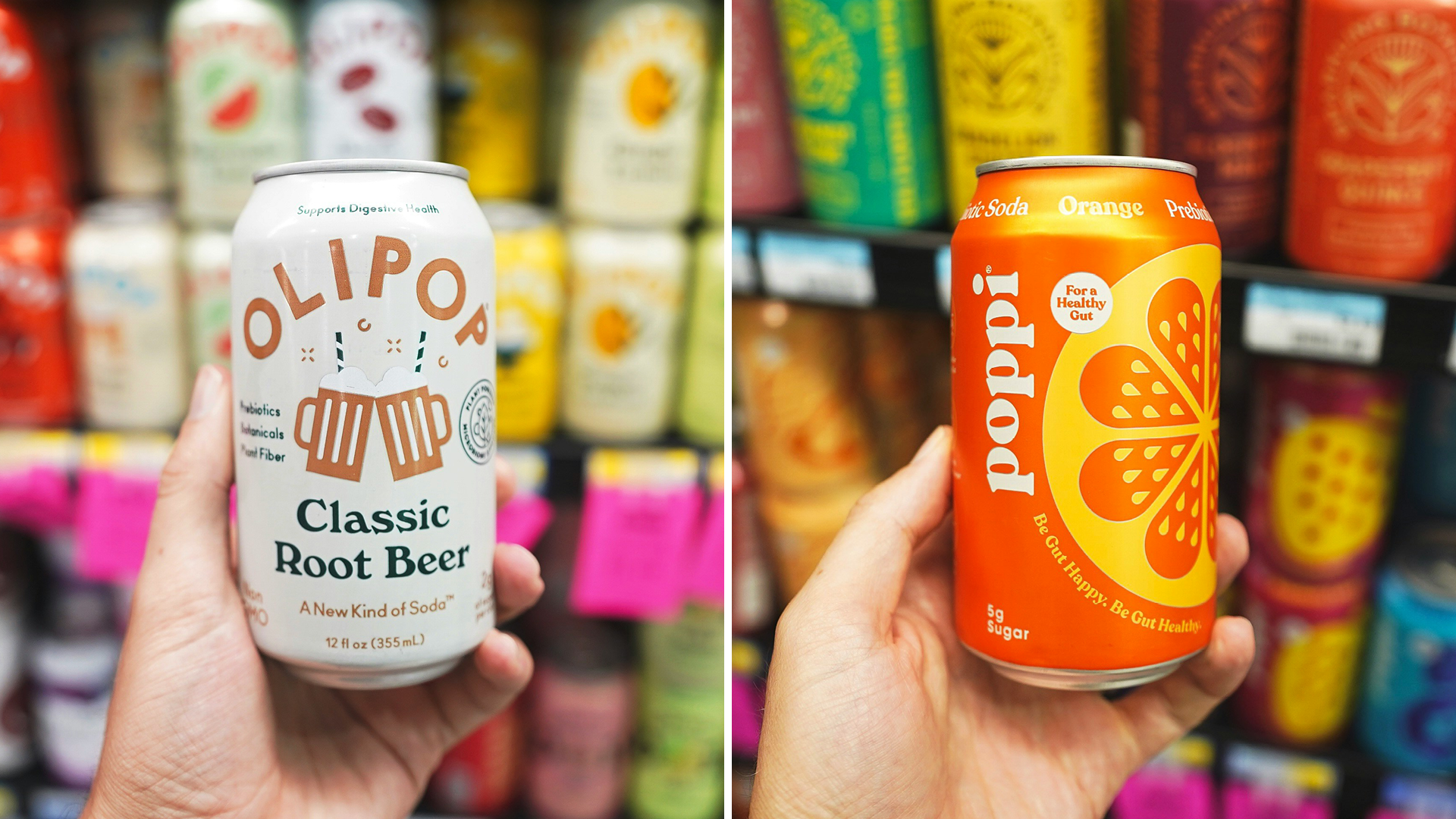GlobalData found 83% of global consumers were concerned about COVID-19, with 62% expecting the situation to worse. The analysts noted people were living in an “anxiety economy,” meaning that as stress and uncertainty are significantly influencing consumers purchasing choices, sales of alcohol, snack foods, and tobacco all increased.
The pandemic also forced more consumers to prepare their own food at home, leading to notable trends and buying patterns in food retail.
Revival of Big-Name Brands
Consumers turned back to old-fashioned favorites, according to executives at Nestlé, Kraft Heinz, and Procter & Gamble, reported The Wall Street Journal (May 11). Brands that had previously fallen out of favor are making a comeback.
Although it is not clear yet if this trend is permanent, the shift is still significant. In January and February, insurgent brands—or those that are growing more than 10 times faster than their category—captured 35% of the year-over-year growth in the consumer industry, according to Bain & Company. However, in March and April, their share of growth shrank to 5%. This supports how brands that used to be gaining popularity with consumers have slowed down in lieu of the old fashioned brands, or those deemed unhealthier.
“During a time of great uncertainty, consumers have turned to brands they have a history with. Brands that are predictable and that bring them comfort, but perhaps brands they haven’t bought for a while,” said Steven Tramposch, VP of client consulting, NCS. “Some nostalgic brands that had been in a decline for several years have seen incredible growth, which might extend the life of their brand for 20 years. A whole new generation was exposed to a set of products and brands as their parents sought comfort from a time past.”
As consumers stockpiled nonperishables, goods such as canned soup and processed cheese that was losing out to healthier alternatives recorded their strongest sales in years.
For example, Campbell Soup Co., which experienced steady declines in soup sales over the past two years, had to intensify production due to increased demand, reported The New York Times. As of April 7, sales of Campbell’s soup soared 59% over a month compared to a year earlier, while Prego pasta sauce increased 52%, and sales of Pepperidge Farm Goldfish crackers climbed nearly 23%.
Kraft Heinz, whose products were less popular pre-virus with consumers, told investors that some of its factories were working three shifts to meet high demand for products like its macaroni and cheese. The company’s stock rose on April 7 after it said first-quarter sales would be up 3%.
General Mills, the parent of brands including Cheerios, Bisquick, and Betty Crocker, experienced a rise in demand for food products across all of its categories, with the most significant uptick in cereal, soup, flour, baking mixes, and mac and cheese, reported Fox Business.
“We’re seeing consumers crave comfort and convenience as they are making more meals at home, which increases the demand for items like Progresso Soup, Hamburger Helper, and Annie’s Mac & Cheese,” said Kelsey Roemhildt, a spokeswoman for General Mills.
The Big Freeze
Since March, 86% of consumers in the U.S. purchased frozen food, according to a survey from the American Frozen Food Institute. The survey found that consumers are buying more frozen items because of the longer shelf life, desire to stock up in case of shortages, and convenience of preparation and cleanup, reported Forbes (May 7). About a third of consumers also think frozen foods are safer than fresh foods right now.
Another important motivator for the choices they made is the availability of items on store shelves. For instance, shoppers who couldn’t find canned vegetables turned to frozen items.
Frozen fish sticks and canned salmon have also made a comeback, reported Reuters (May 11). Volumes of packaged seafood surged more than 50% during quarantine, according to Nielsen data.
The trend in higher frozen food purchases may continue in the future since 50% of consumers expect they will purchase a lot more or somewhat more frozen foods in the next few months.
Baking Products Heat Up
Consumers also turned to baking to stave off boredom during lockdown, causing many grocery stores to run out of baking staples—putting suppliers under pressure.
These staples became hot commodities, with sales of baking yeast up 457% over last year for the week ending March 28, according to Nielsen data, reported Bloomberg. Flour was up 155%, baking powder up 178%, butter up 73%, and eggs up 48%.
Americans were “home baking more than ever before,” according to Kelly Olson, a spokeswoman for Red Star Yeast. The company said the demand spike was unexpected and it’s doing all it can to replenish empty store shelves.
Flour producer Central Milling said on its website that “significant” increases in online orders led to out-of-stock items.” Bob’s Red Mill, which is known for its wide selection of grains and flours, also posted a note to customers describing an “unprecedented” surge in demand.
Additionally, Hopkinsville Milling Co. is packing twice as much flour as normal, according to its president Robert Harper. This time of year is usually slow for the mill as home bakers tend to bake more in the winter months. “It started to look like Thanksgiving and Christmas all rolled into one,” Harper said. “People have time on their hands and are trying to save some money.”
Hershey noted its confectionery products also gained three percentage points of market share over the past month.
Along with baking ingredients, baking equipment sales also grew. Carb-centric cooking appliances experienced a rise in sales, according to NPD Group. In the five weeks between March 15 and April 18, sales of electric pasta makers grew more than five times what they were a year ago, while breadmakers more than quadrupled sales.
Waffle irons, electric griddles, and rice cookers also experienced significant double-digit dollar growth in this five-week period. With the exception of waffle irons, each saw gains after two years of flat or declining sales.
“Home has become our haven and as a result, small appliance sales have continued to surge since the start of the COVID-19 crisis in the U.S.,” said Joe Derochowski, home industry advisor at NPD. “Changes in consumer behaviors are driving important changes in the small appliance business, and the industry needs to think about where the focus may turn to next in order to continue to meet the needs of this new consumer.”









